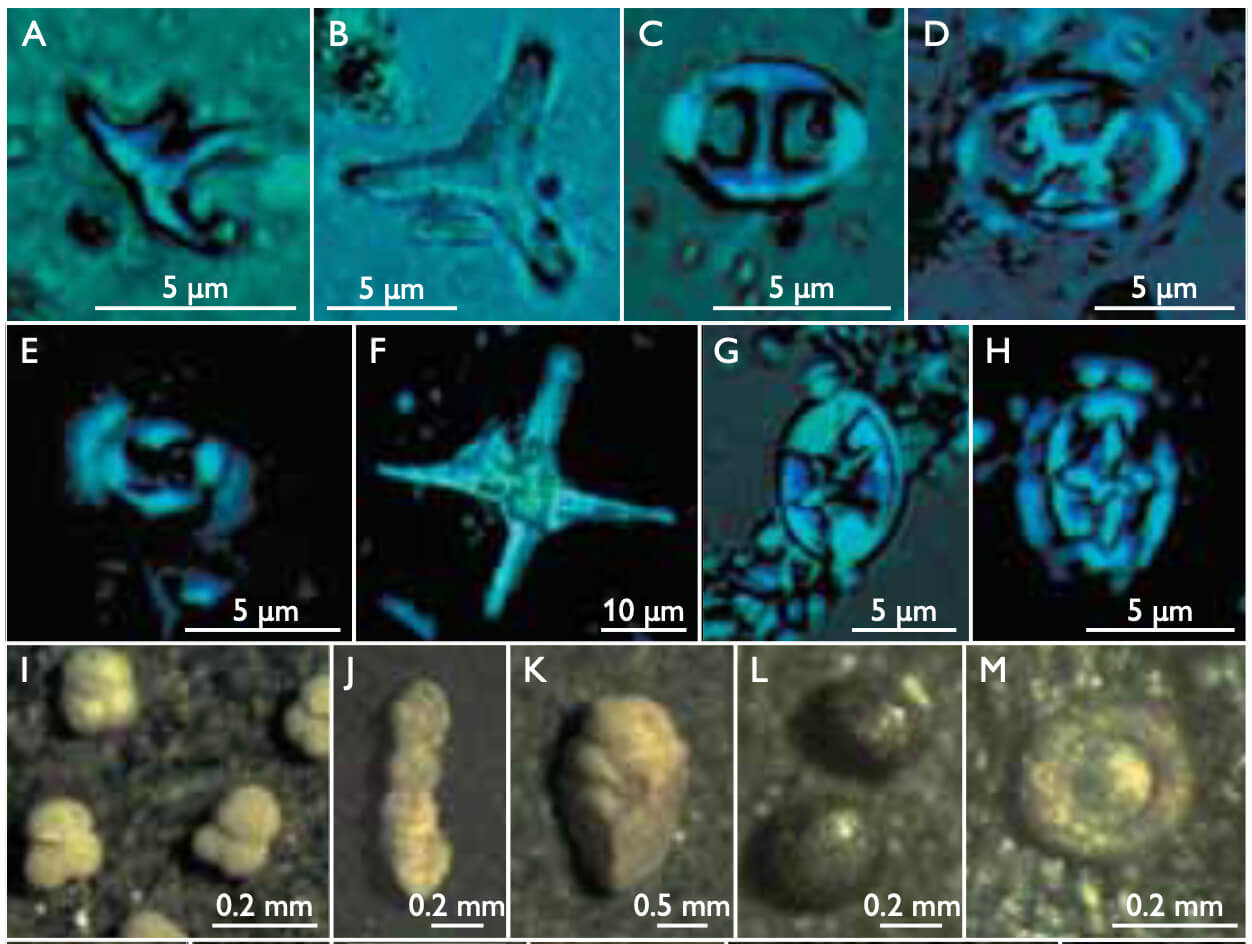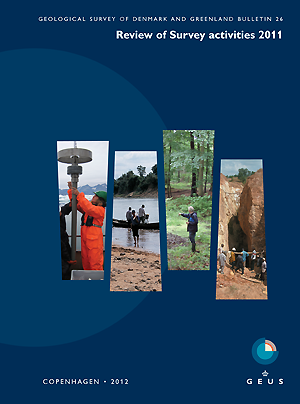
How to Cite
Share
Abstract
Geological and geotechnical investigations in the Femern Bælt area were undertaken from 1995 to 2010 (Rambøll Arup JV 2011) in preparation for the fixed link between Lolland in Denmark and Fehmarn in Germany. As a result, new data have been acquired on the stratigraphy and distribution of the deposits and the major structures and tectonic influence on the layers close to the surface. Previous investigations of Cretaceous–Palaeogene deposits on southern Lolland (Fig. 1) were limited due to lack of outcrops and borehole data. Two deep boreholes and geophysical surveys (1952–1953) revealed: (1) the presence of a salt diapir at Rødbyhavn, (2) upper Maastrichtian chalk 29–143 m below Quaternary deposits and (3) an erosional window in the Palaeogene cover. Boreholes to the east of Rødbyhavn (1992–1994) revealed the sediment distribution on southern Lolland and showed that Cretaceous and Palaeogene deposits are cut by several NW–SE-orientated faults. This paper presents a summary of lithostratigraphic and biostratigraphic investigations and a brief description of the geological development in the area.
How to Cite
Share
Copyright (c) 2012 Emma Sheldon, Peter Gravesen, Henrik Nøhr-Hansen

This work is licensed under a Creative Commons Attribution 4.0 International License.
Downloads
Edited by Ole Bennike, Adam A. Garde and W. Stuart Watt
This Review of Survey activities presents a selection of 20 papers reflecting the wide spectrum of activities of the Geological Survey of Denmark and Greenland, from the microscopic to the plate-tectonic level.
The Survey's activities in Denmark and surrounding areas are illustrated by [...]









